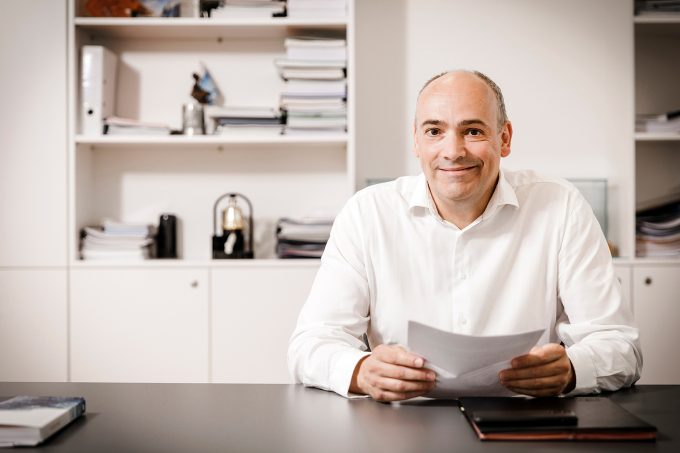The Loadstar leader: A phantom peak
Phantom pregnancy “can be caused by trauma, [and] a chemical imbalance of hormones”. Bear with us. “Contributing ...

Hapag-Lloyd’s CEO believes there is a “better than 50%” chance of a normal peak season this year.
During a virtual live information session this morning, Rolf Habben Jansen said that, although there were pockets of inventories remaining elevated, “by and large they are starting to come ...

Comment on this article